Occurrence and cultivation of the blue-red stone seed

An application of the Blue-red stone seeds as a medicinal plant has been handed down from antiquity. However, the knowledge of the medicinal effects was completely lost over the centuries. Botanists attribute this primarily to the fact that the blue-red stone seeds are, on the one hand, a rare plant and, on the other hand, there are comparable, more common medicinal plants with very similar effects. In botanical terms, blue-red stone seeds are directly related to lungwort and comfrey.
The blue-red stone seed belongs to the rough-leaf family, Boraginaceae, and is also under the English name Gromwellknown. In addition, the names Rotblauer and Purple stone seed common. Blue-red stone seeds contain a particularly high amount of mucilage, saponins, tannins and skin-friendly allantoin.
Because of its rarity, no specific collection time can be given. In the garden, the blue-red stone seed is a beautiful ornament for every half-shade bed, the seeds are so-called cold germs, which makes it particularly difficult to grow them on your own. It is therefore recommended to purchase seedlings that have already been grown in nurseries.
Effect & application
The herb and the root of the blue-red stone seed can be used pharmacologically and medicinally. From ancient times, uses are known both as tea preparation and as external compresses or washing. However, its use as a medicinal plant is rarely used nowadays. Only those who cultivate the plant in their own garden not only for ornamental purposes could benefit from its use as a medicinal plant.
The mode of action and areas of application of the blue-red stone seed are similar to those of the botanical relatives lungwort and comfrey. The main indications are inflammation of the skin and the digestive tract, as well as lung diseases associated with restricted ventilation. With these mostly chronic diseases, medicinal preparations made from the blue-red stone seeds can be helpful after consultation with the attending physician.
Blue-red stone seeds were also traditionally used against semolina and stone diseases such as urinary stones or kidney stones of the urinary tract. This type of application is no longer in use nowadays, as there are too few empirical values about the actual mode of action. An attempt at therapy is considered to be unproblematic due to the fact that the medicinal plant is completely non-toxic.
The explanation of the effectiveness in stone ailments results from the traditional doctrine of signatures, which sees the seeds as an effective remedy because they are rock hard. From a scientific-botanical point of view, however, this empirical view can no longer be maintained today. Despite its non-toxicity, blue-red stone seeds contain so-called hormone-like, phytoactive substances that can have a contraceptive effect.
Women who use the blue-red stone seed to prepare tea and are of childbearing age should pay attention to this advice.
Importance for health, treatment & prevention
Although known as a medicinal plant in ancient times, the blue-red stone seed has largely lost its importance for health, prevention and treatment today. Due to the rarity of its natural occurrence and the presence of adequately similar medicinal plants, this fact should not change. The plant has also become so rare because the so-called coppice culture, to which the downy oak forests also belong, has almost disappeared.
Tea preparations made from blue stone seeds and poultices have anti-inflammatory, tissue-softening, diuretic and expectorant effects. In addition to all of Europe, the blue-red stone seed is also native to parts of Asia. But even in this cultural area, an application for healing purposes is hardly known today. Blue-red stone seed is a perennial plant that can grow more than two feet in height.
Typical are the lancet-like, narrow leaves, which grow directly on the stem and have a pronounced tip. The leaves are hairy and rough, just like lungwort or comfrey. If the often difficult cultivation in the garden is successful, the blue-red flowers appear in April, May and June.
The color of the leaves changes over time, the still young leaves are reddish at first, then there is a steady transition from purple to blue. This change in color can be seen in a very similar way in the botanically related lungwort. The blue-red stone seed also owes its name to this ability of the leaves to change color. The flowers each have five petals and can grow up to one centimeter in size.
The plate-like flowers of the blue-red stone seeds are arranged in clusters and the flowers then develop into the seeds in autumn. They are about half a centimeter tall and have the appearance of small stones. Even if the cultivation is successful, the blue-red stone seed remains demanding for its further growth. Even in summer, the soil must always be kept sufficiently moist, but if the soil is too wet, the plant dies quickly.
Blue-red stone seeds don't like blazing sun, but neither do they like deep shade. These circumstances and the requirement for a well-fertilized humus soil make cultivation so difficult. The blue-red stone seed feels most at home under light deciduous trees in the garden. If these deciduous trees are not available in your own garden, you should now and then surround the plant with collected leaves.

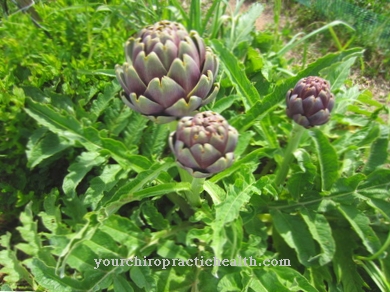
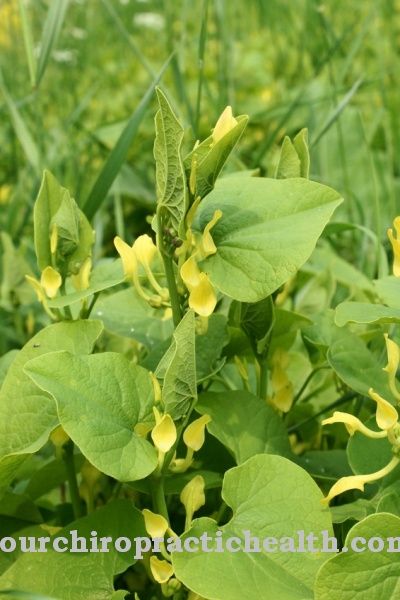

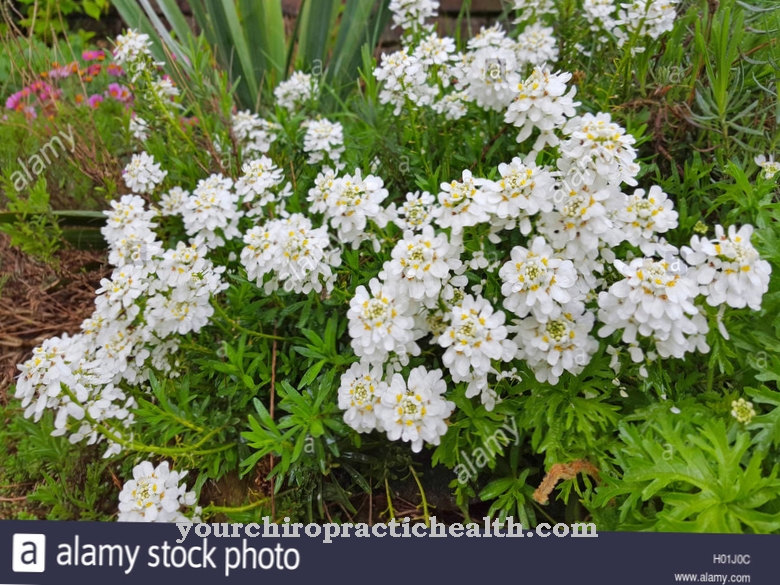
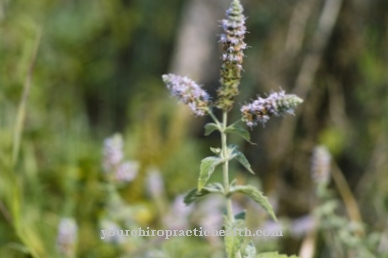

















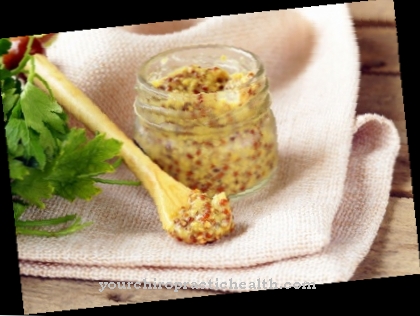


.jpg)

